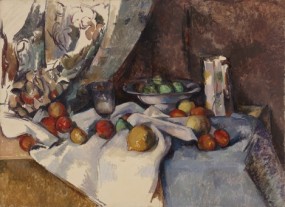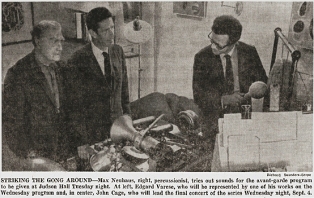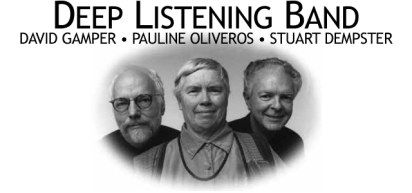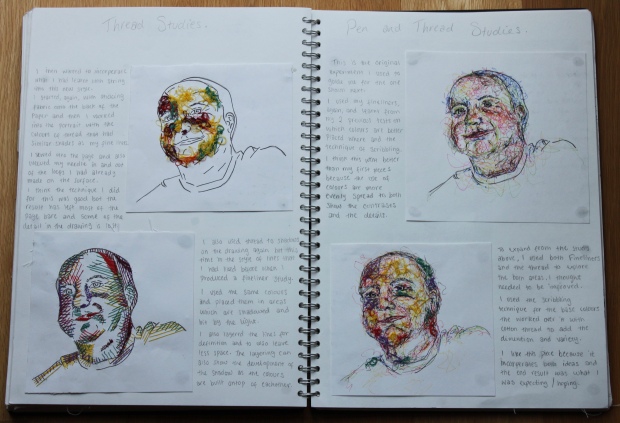http://www.tate.org.uk/art/artists/georges-braque-803
(13 May 1882 – 31 August 1963)
A major 20th-century French painter, collagist, draughtsman, printmaker, and sculptor. His most important contributions to the history of art were in his alliance with Fauvism from 1906, and the role he played in the development of Cubism.
Braque’s work between 1908 and 1912 is closely associated with that of his colleague Pablo Picasso. Their respective Cubist works were indistinguishable for many years, yet the quiet nature of Braque was partially eclipsed by the fame and notoriety of Picasso.
Cubism
Pablo Picasso & George Braque widely considered it’s ‘founders’
Pablo Picasso – Demoiselles d’Avignon, 1907
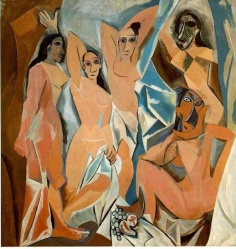
Lead on to other artists exploring this style: Braque, Juan Gris, Robert Delaunay, Marcel Duchamp, Fernand Leger
Braque – Nude descending a staircase, 1912

Fauvism:
Braque’s earliest works were impressionistic, but after seeing the work exhibited by the artistic group known as the “Fauves” (Beasts) in 1905, he adopted a Fauvist style. The Fauves, a group that included Henri Matisse and André Derain among others, used brilliant colors to represent emotional response.
In May 1907, he successfully exhibited works of the Fauve style in the Salon des Indépendants. The same year, Braque’s style began a slow evolution as he became influenced by Paul Cézanne who had died in 1906 and whose works were exhibited in Paris for the first time in a large-scale, museum-like retrospective in September 1907. The 1907 Cézanne retrospective at the Salon d’Automne greatly affected the avant-garde artists of Paris, resulting in the advent of Cubism.
The things that Picasso and I said to one another during those years will never be said again, and even if they were, no one would understand them anymore. It was like being roped together on a mountain.
- Georges Braque at the Museum of Modern Art
- Artcyclopedia – Links to Braque’s works and information
- Georges Braque works at insecula.com
- Site du ministère de la culture et de la communication
- Georges Braque in American public collections, on the French Sculpture Census website

























